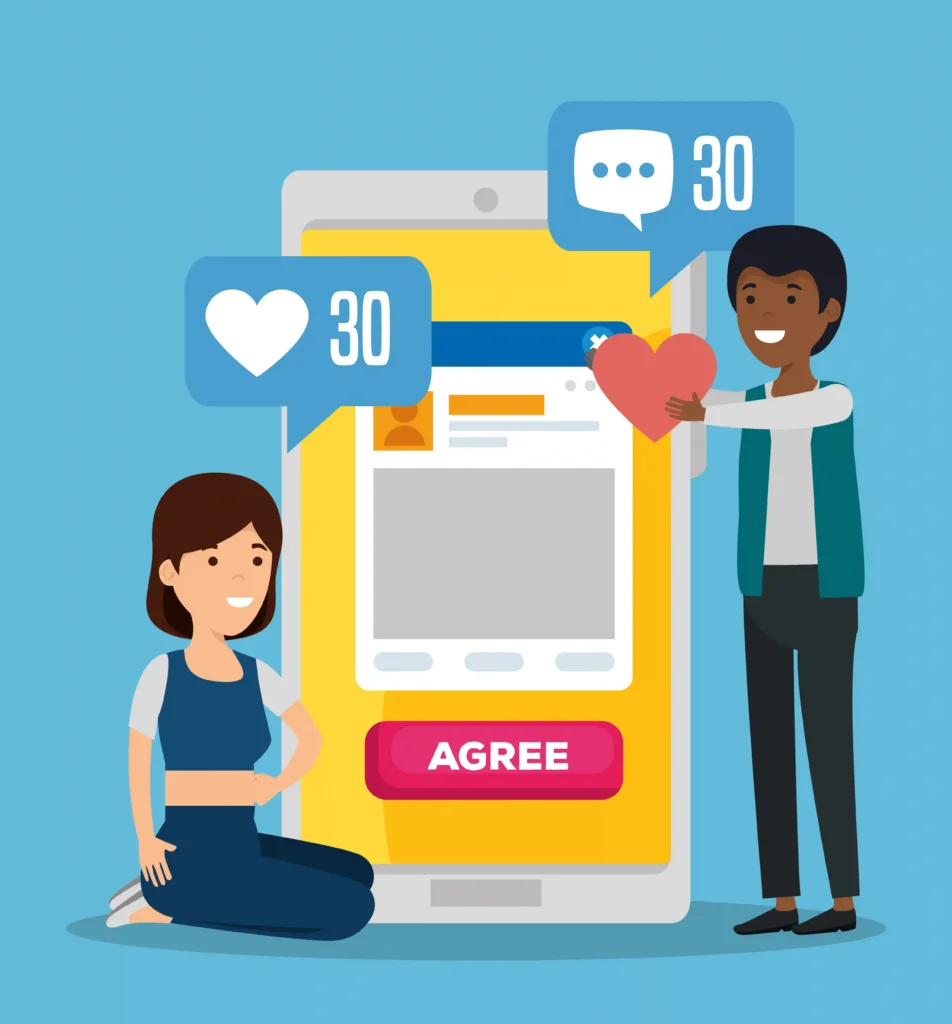
Influencer Marketing Mistakes You Can’t Afford to Make
Influencer collaborations are a cornerstone for any brand that wants to reach a larger audience in an ever-evolving marketing landscape. While the potential benefits are substantial, there are numerous pitfalls brands encounter.
Here are the top mistakes you can make when working with influencers, and how to avoid them.
Simply hiring an individual with a large social following to promote your product is not enough. A lack of clear objectives can quickly transform your efforts into unproductive and aimless activities.
Unfortunately, 67% of marketers consider ROI measurement a big challenge. This is usually a result of implementing poor goal-setting practices. Goals like whether to focus on building brand awareness, increasing online traffic, or generating leads determine the type of influencer you work with and the content strategy to use.
In the influencer marketing world of the MENA region, a bigger follower count does not always translate to successful campaigns. Many brands assume that engaging with influencers with large audiences will yield immediate results. However, engagement is more important than numbers.
Micro-influencers with 10,000 to 100,000 followers usually deliver better engagement rates than mega-influencers (those with more than 1 million followers). The micro-influencer audience is more loyal and engaged, leading to stronger customer relationships and increased conversions.
Instead of focusing on the number of followers an influencer has, consider the following:
- Audience engagement – Reach out to influencers who frequently interact with their followers through likes, shares, and comments. An engaged audience is more likely to convert than a passive, but large, one.
- Content relevance – Ensure the influencer’s niche aligns with your brand. A tech-focused influencer might not be a suitable fit for a beauty company, no matter how large their following is.
Do not expect influencers you engage with to manage the marketing process independently. While they are content creators and know how to engage their audience, influencers still require direction to align the content with your brand objectives.
Quality trumps quantity and makes your digital campaign a success. Without providing clear instructions and brand guidelines, you run a risk of the final content not matching the expected objectives or values.
Offer the influencer product samples, imagery, and creative direction to help them craft content that resonates with your target audience. Doing this ensures each post reflects the influencer’s authenticity while aligning the message with your brand goals.
Influencers can serve as the bridge between your brand and potential consumers. When the influencer promotes your product, it is often connected to a personal experience or story that allows followers to feel more connected to the brand.
People on social media are more likely to remember a brand if they see it in an influencer’s post than when viewing a traditional ad. The influencers’ connections help build the relationship between your brand and consumers, enhancing brand recall so purchasing becomes easier.
The modern consumer in the MENA region is more discerning than ever before, and they can quickly identify influencers promoting products for financial gain. An influencer’s promotion that feels inauthentic or forced can damage your brand’s reputation and theirs as well.
Over 86% of prospective consumers consider authenticity a key consideration when choosing the brands to support. Further, 57% of them will disengage when content feels staged or inauthentic.
Avoid this mistake by collaborating with influencers with content that genuinely aligns with your brand values and products. Give them creative freedom to present the product in their voice to increase message authenticity.
Limiting your campaign to a single platform or influencer reduces the potential reach of your campaign. Roping in more influencers lets you maximize the campaign’s impact by spreading consistent messaging across multiple audiences and platforms.
For instance, collaborating with influencers on TikTok, YouTube, and Instagram allows your brand to engage different audiences across various media.
The last top mistake brands make when working with influencers is not tracking the results of their influencing efforts. No metrics means it is impossible to confirm if your campaign is successful or requires some adjustment.
Key metrics you should be measuring include:
- Engagement numbers for shares, comments, and likes
- Conversions through sign-ups and sales
- Reach by getting the number of the target audience people who viewed your campaign
Work with the influencers to create trackable promo codes, links, or unique landing pages that can help you gauge the campaign’s performance. Social media insights and Google Analytics are examples of tools essential for measuring your success.

